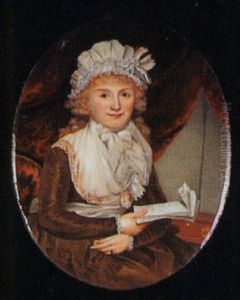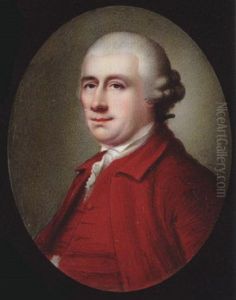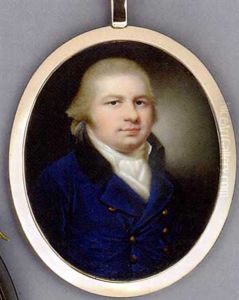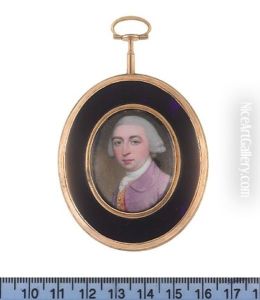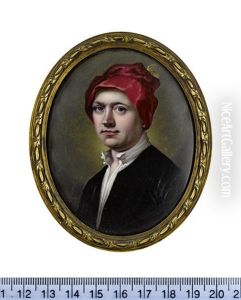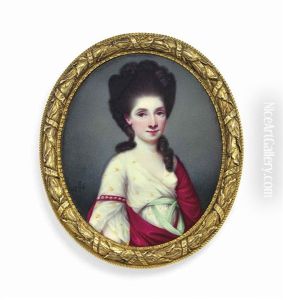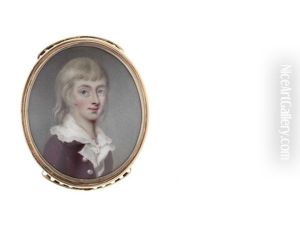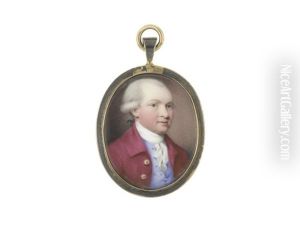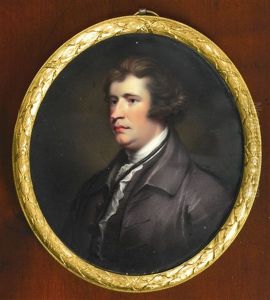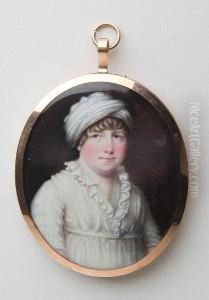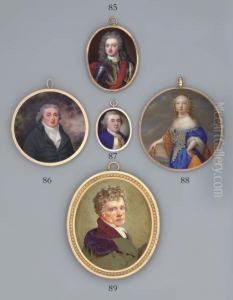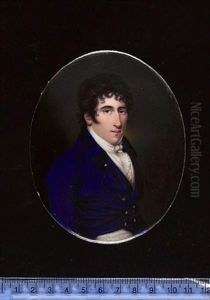Henry Spicer Paintings
Henry Spicer, though not widely recognized in the broad spectrum of art history, was an English artist whose life and work were situated in the tumultuous period of the late 18th century. Born in 1743, Spicer lived through a time of significant social, political, and artistic change. His work, while not extensively documented in major art historical texts, provides insight into the evolving tastes and styles of his era.
Spicer's artistic contributions were primarily in the realm of painting, with a focus on portraits and landscapes. These genres were particularly popular in England during this period, reflecting both the Enlightenment's interest in the individual and the Romantic movement's fascination with nature. Spicer's approach to painting was characterized by its adherence to the conventions of his time, with an emphasis on realistic representation, attention to detail, and a keen eye for capturing the nuances of human expression and the subtleties of the natural world.
Despite the lack of widespread recognition, Spicer's works were appreciated in his time for their craftsmanship and aesthetic appeal. He exhibited at several prominent institutions of the day, which suggests a degree of professional acknowledgment and public interest in his art. However, like many artists of his time whose fame did not endure, Spicer's legacy has been overshadowed by that of his more famous contemporaries, such as Joshua Reynolds and Thomas Gainsborough, who defined the visual culture of 18th-century England and whose influences persist in art historical narratives.
Henry Spicer passed away in 1804, leaving behind a modest but meaningful body of work that offers a window into the artistic practices and cultural contexts of his time. While detailed records of his life and oeuvre may be scarce, Spicer's contributions to the art of his period exemplify the richness and diversity of 18th-century English painting. His legacy, though not prominent, is preserved in the collections of those who recognize the value of his work and in the annals of art history dedicated to uncovering and celebrating the stories of lesser-known artists.

